Comparing CI/CD Giants: GitHub Actions vs. GitLab CI vs. CircleCI vs. Jenkins Pipeline
 Shubham Taware
Shubham Taware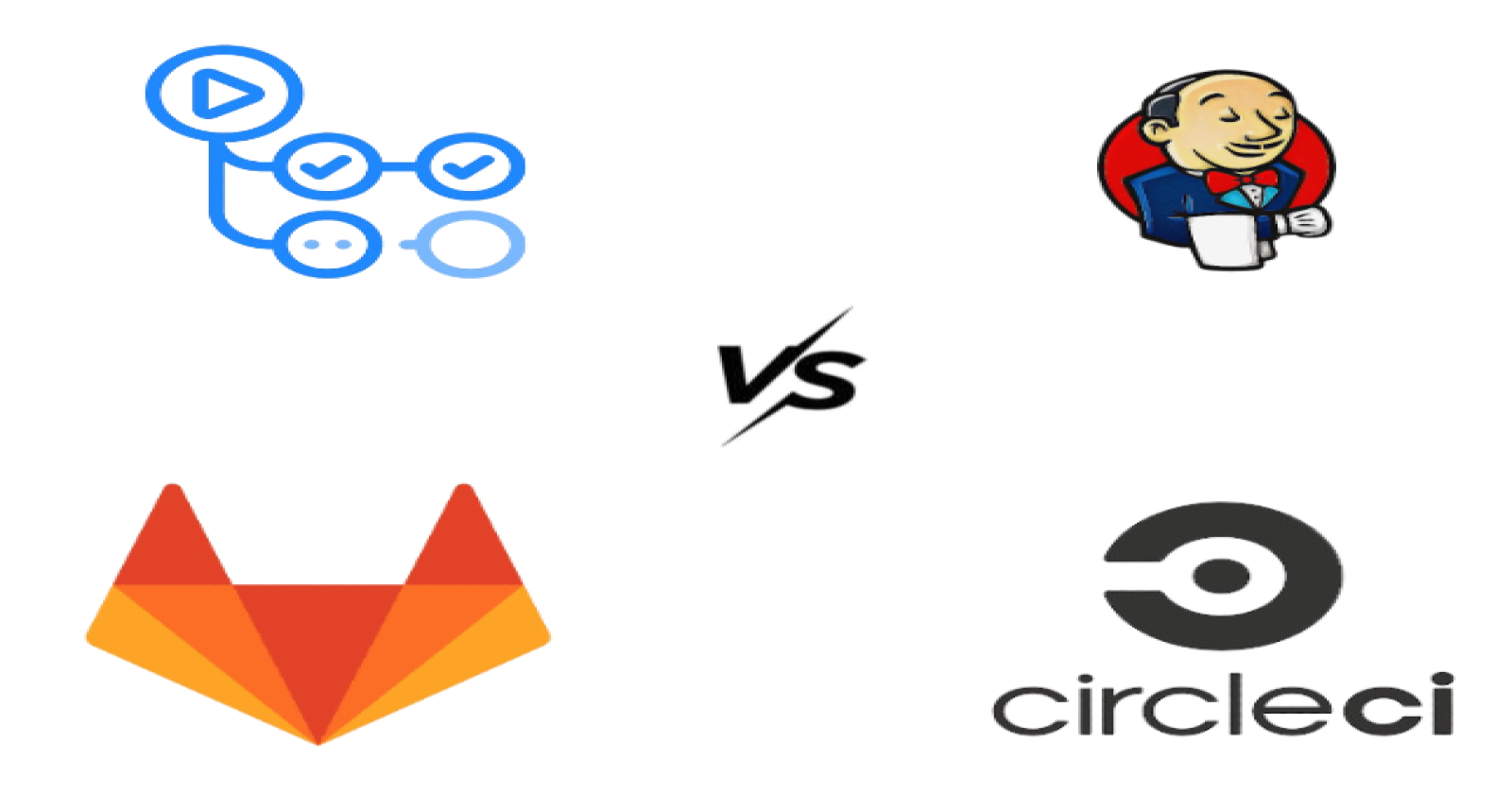
In the fast-paced world of software development, Continuous Integration (CI), Continuous Delivery and Continuous Deployment (CD) have become essential practices for maintaining code quality and accelerating release cycles. CI/CD tools streamline and automate the processes of integrating code changes and deploying applications, making them vital for modern DevOps pipelines.
In this blog, we’ll delve into the nuances of four prominent CI/CD tools: GitHub Actions, GitLab CI, CircleCI, and Jenkins Pipeline. We’ll explore the pros and cons of each tool, highlight their key differences, and provide guidance on which tool might be the best fit for various scenarios.
Before we dive into the specifics of these tools, let’s briefly review what CI/CD entails.
What is Continuous Integration (CI) ?
Continuous Integration (CI) is the practice of frequently merging code changes from multiple contributors into a shared repository.
Each integration is automatically tested to catch bugs early, ensuring that code changes integrate smoothly with the existing codebase.
The primary goal is to maintain a stable codebase that can be reliably built and tested.
In simple words:Every developer from team pushes his code to the github repository, after every commit the code is tested and integrated all together to check it works or fits correctly without disturbing the existing code, so that our all code is stable. This is ensured by Continuous Integration.What is CD? Is CD the Continuous Delivery or Continuous Deployment? Or, in true software fashion, is it both, and we're just overcomplicating it? 🤔
Continuous Delivery (CD) is an extension of continuous integration since it automatically deploys all code changes to a testing and/or production environment after the build stage.
This means that on top of automated testing, you have an automated release process and you can deploy your application any time by clicking a button.
Continuous Deployment (CD) goes one step further than continuous delivery. With this practice, every change that passes all stages of your production pipeline is released to your customers. There's no human intervention, and only a failed test will prevent a new change to be deployed to production.
Developers can focus on building software, and they see their work go live minutes after they've finished working on it.
Here’s a fitting example:
Continuous Delivery: Imagine a young boy who asks his parents for a toy. His parents review the request and, once they approve, they buy the toy and give it to him. The toy is ready, but he only gets it once they say yes.
Continuous Deployment: Picture a grown-up son who simply buys a car and brings it home. He doesn’t need to ask for approval or wait for permission of parents—the car arrives automatically as soon as he decides to purchase it.

It’s time to explore some of the most popular tools that help streamline these CI/CD processes. Let’s dive into GitHub Actions, GitLab CI, CircleCI, and Jenkins to see what makes each of them unique.
Github Actions
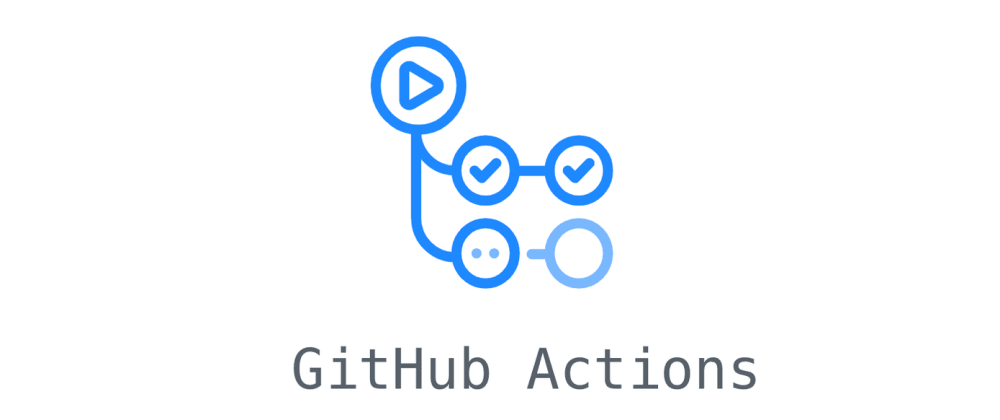
Can automate the procedure for creating, testing, and deploying your apps across a range of settings.
Process is said to be event-driven if it reacts to a specific occurrence in your GitHub repository, such as a pull request, a push to a branch, etc.
Offers you runners, which are Github-owned servers that may run Linux, Mac OS X, or Windows.
Provide you with a workspace where you can develop, test, and publish your apps.
Github workflow file is written in YAML.
Access to a wide range of pre-built actions and workflows in the GitHub Marketplace.
Matrix builds allows you to run tests across multiple versions or environments in parallel, reducing build times and increasing test coverage.
Pros:
Seamless Integration with GitHub: Direct integration with GitHub repositories allows for easier setup and management.
Free Runners Available: GitHub Actions offers free hosted runners with generous usage limits. Self-hosted runners are also supported if needed.
Simplified YAML Configuration: The YAML configuration for GitHub Actions is straightforward and user-friendly, especially for those already familiar with GitHub.
Integrated Marketplace: GitHub Actions has a rich marketplace with thousands of pre-built actions.
Matrix Builds: GitHub Actions supports matrix builds, allowing you to run tests across multiple environments or versions in parallel, speeding up the CI/CD process.
Cons:
Complexity in Large Repositories: Can be cumbersome for managing large or complex repositories compared to GitLab CI’s advanced project management tools.
Resource Limits and Costs: Free tier has usage limits that might lead to additional costs for extensive use, unlike CircleCI’s flexible pricing.
Limited Self-Hosted Customization: Self-hosted runner setup is less flexible compared to Jenkins’ extensive customization options.
GitHub-Centric: Primarily designed for GitHub repositories; less straightforward for other platforms like GitLab or Bitbucket.
Fewer Plugins: Has fewer plugins and integrations compared to Jenkins’ extensive plugin ecosystem.
Github Actions .yml File:
name: CICD on: push: branches: [ "Dev" ] pull_request: branches: [ "Dev" ] jobs: build: runs-on: self-hosted steps: - uses: actions/checkout@v4 - name: Set up JDK 17 uses: actions/setup-java@v3 with: java-version: '17' distribution: 'temurin' cache: maven - name: Build with Maven run: mvn package --file pom.xml - name: Set up QEMU uses: docker/setup-qemu-action@v3 - name: Set up Docker Buildx uses: docker/setup-buildx-action@v3 - name: Build Docker Image run: | docker build -t shubzz/devtaskmaster:latest . - name: Login to Docker Hub uses: docker/login-action@v3 with: username: ${{ secrets.DOCKERHUB_USERNAME }} password: ${{ secrets.DOCKERHUB_TOKEN }} - name: Push Docker Image run: | docker push shubzz/devtaskmaster:latest
Jenkins:
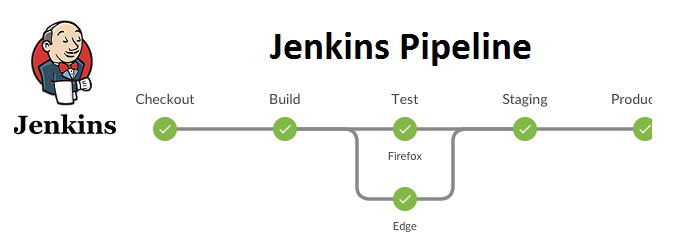
Automates building and testing code changes to catch errors early.
Supports various testing frameworks for unit, integration, and regression tests.
Tests across multiple machines to improve efficiency and reduce build times. Allows scheduling of builds at specific times or intervals.
Uses scripting to define custom build and deployment pipelines.
Provides authentication and authorization features for secure CI/CD workflows.
Seamlessly integrates with version control systems like GitHub.
Offers detailed build statuses, test results, and performance metrics.
Pros:
Extensive Plugins: Vast library for customization and tool integration.
Highly Customizable: Tailor pipelines with custom scripts and configurations.
Distributed Builds: Efficient and scalable builds across multiple machines.
Mature: Long history and proven reliability with strong community support.
Flexible Triggers: Various options for initiating builds, including scheduled and manual.
Granular Access Control: Advanced user permissions and security features.
Legacy System Support: Compatible with older systems and tools.
Community & Enterprise Support: Extensive support for large-scale projects.
Cons:
Complex Setup: Requires significant setup and ongoing maintenance, especially for self-hosted instances.
Steep Learning Curve: Customization and plugins can make it challenging to learn.
Plugin Dependency: Heavy reliance on plugins can cause compatibility issues.
Scalability Challenges: Scaling for large teams can be complex and resource-intensive.
Limited Built-in Features: Needs additional plugins for some CI/CD features.
Resource Management: Managing resources for self-hosted setups can be cumbersome.
User Interface: Less intuitive compared to more modern platforms.
Integration Complexity: Requires custom scripting for tool integrations.
Jenkinsfile:
pipeline { agent { label 'self-hosted' } environment { JAVA_HOME = tool name: 'jdk-17', type: 'jdk' DOCKER_IMAGE = 'shubzz/devtaskmaster:latest' } stages { stage('Checkout') { steps { checkout scm } } stage('Set up JDK 17') { steps { script { // Assuming JDK 17 is already installed and configured } } } stage('Build with Maven') { steps { sh 'mvn package --file pom.xml' } } stage('Set up QEMU') { steps { // Assuming QEMU setup is managed differently in Jenkins } } stage('Set up Docker Buildx') { steps { // Assuming Buildx setup is managed differently in Jenkins } } stage('Build Docker Image') { steps { script { sh 'docker build -t $DOCKER_IMAGE .' } } } stage('Login to Docker Hub') { steps { withCredentials([usernamePassword(credentialsId: 'dockerhub-credentials', usernameVariable: 'DOCKERHUB_USERNAME', passwordVariable: 'DOCKERHUB_TOKEN')]) { sh 'echo $DOCKERHUB_TOKEN | docker login -u $DOCKERHUB_USERNAME --password-stdin' } } } stage('Push Docker Image') { steps { sh 'docker push $DOCKER_IMAGE' } } } }
Gitlab CI:
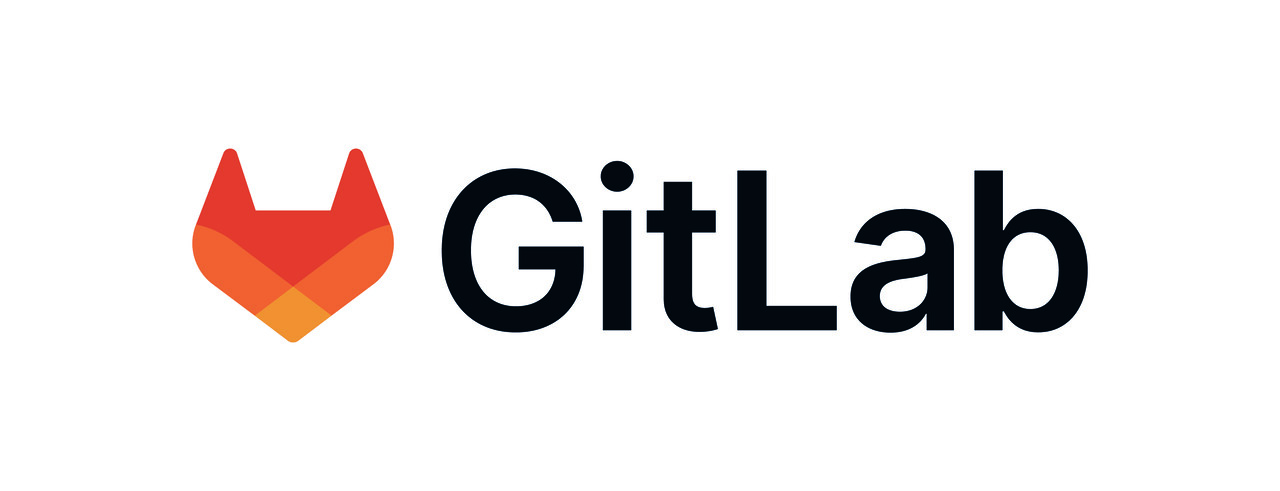
Queues merge requests for sequential merging with CI pipelines running against each MR’s results, ensuring clean integration into the target branch.
Dynamically scales runners to handle parallel jobs and pipelines, adjusting resources based on build needs.
Provides an integrated container registry for storing and managing Docker images and other container artifacts.
Displays test coverage metrics visually, showing which parts of the code are tested and which are not.
Combines issue tracking and project management with CI/CD, allowing seamless linkages between code changes and project tasks.
Analyzes and reports on code quality metrics directly within the CI pipeline, helping maintain code standards.
Automates CI/CD setup with built-in best practices, providing a streamlined path from code commit to deployment with minimal configuration.
Monitors and reports on security vulnerabilities and compliance issues within the CI/CD pipeline.
Pros:
Unified Platform: Integrates source code management, CI/CD, issue tracking, and project management in one platform.
Merge Trains: Sequentially merges merge requests with CI pipelines running against shelved results.
Auto-Scaling Runners: Dynamically scales CI runners based on demand, optimizing resource usage.
Integrated Container Registry: Includes a built-in container registry for Docker images and other artifacts.
Comprehensive Security and Compliance Features: Offers built-in security scanning and compliance dashboards.
Auto DevOps: Provides automatic CI/CD setup with best practices.
Built-in Code Quality and Coverage: Integrated tools for code quality analysis and test coverage visualization.
Cons:
Complexity for New Users: The extensive feature set can be overwhelming for newcomers.
Resource Consumption: Auto-scaling runners can lead to unexpected costs if not managed carefully.
Performance Overhead: The broad feature set may introduce performance overhead.
Interface Complexity: The interface can be complex due to its broad set of features.
Feature Overlap: Offers many features that might overlap with third-party tools, potentially leading to redundancy.
.gitlab-ci.yml
stages: - build - docker variables: JAVA_VERSION: "17" DOCKER_IMAGE: "shubzz/devtaskmaster:latest" before_script: - apt-get update && apt-get install -y openjdk-17-jdk maven docker.io build: stage: build tags: - self-hosted script: - mvn package --file pom.xml setup_qemu: stage: docker tags: - self-hosted script: - docker/setup-qemu-action@v3 setup_buildx: stage: docker tags: - self-hosted script: - docker/setup-buildx-action@v3 build_docker_image: stage: docker tags: - self-hosted script: - docker build -t $DOCKER_IMAGE . docker_login: stage: docker tags: - self-hosted script: - echo $DOCKERHUB_TOKEN | docker login -u $DOCKERHUB_USERNAME --password-stdin push_docker_image: stage: docker tags: - self-hosted script: - docker push $DOCKER_IMAGE
Circle CI:
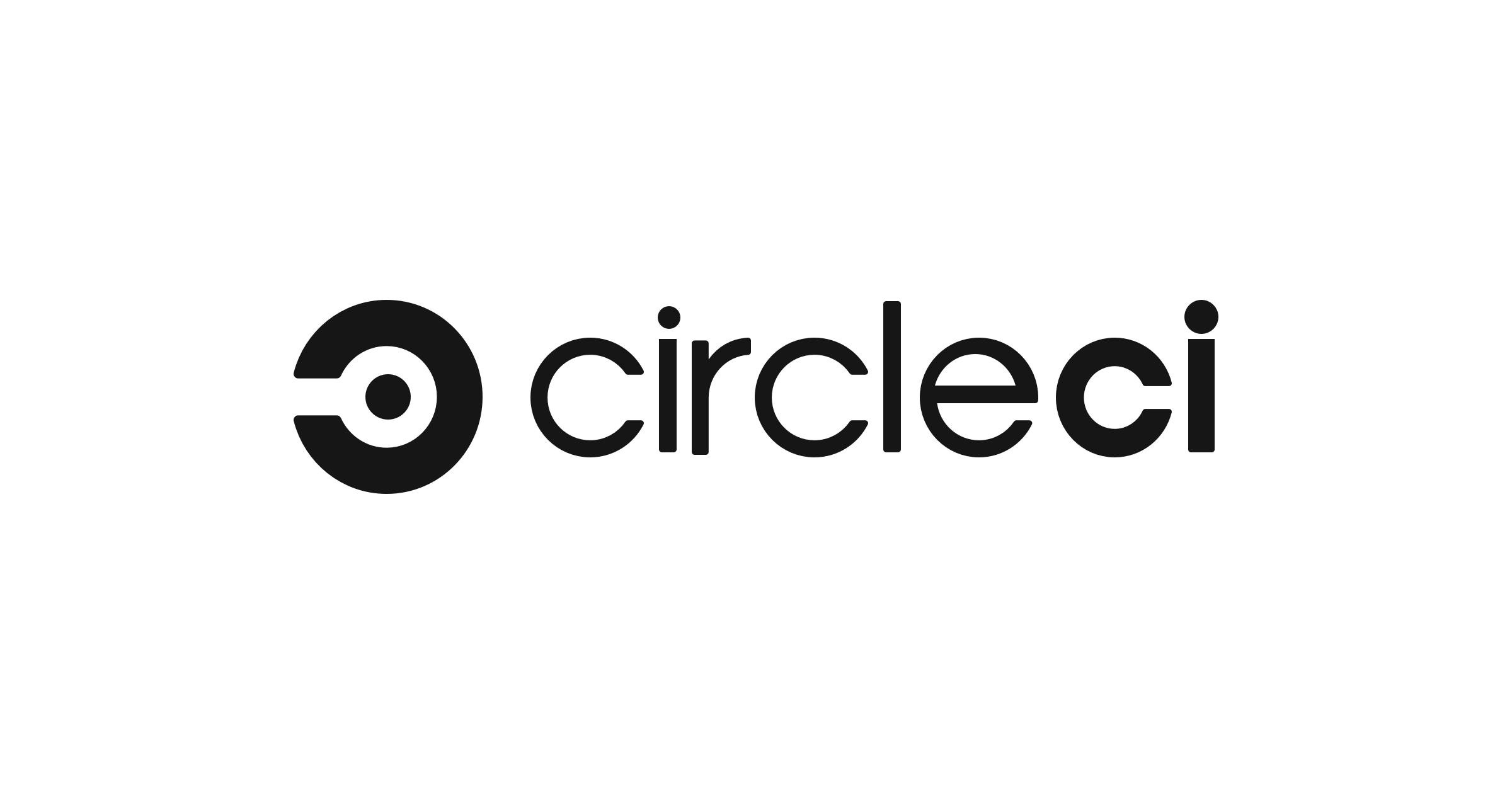
Insights dashboard monitor CI/CD pipeline status, job duration, and resource consumption, including credit spend.
Provision and use clean images to ensure consistency and avoid build contamination.
Define and orchestrate job executions to create complex CI/CD pipelines with parallelism and dependencies.
Reusable CircleCI configurations that include jobs, executors, and commands for easy integration and modular setup.
Execute multiple jobs in parallel to speed up the build and testing process.
Native support for Docker, including Docker layer caching to optimize build times.
Flexible YAML-based configuration for detailed control over build and deployment processes.Cloud-based auto-scaling of compute resources based on demand.
Pros:
Constant Improvement: Regular updates and enhancements enhance product quality.
Responsive Support: Highly praised support team for prompt and helpful assistance.
Seamless GitHub Integration: Reliable and efficient integration with GitHub for smooth operations.
Parallelism: Supports running multiple jobs in parallel to speed up builds.
Flexible Configuration: YAML-based configuration for detailed pipeline control.
Auto-Scaling: Cloud-based auto-scaling adjusts resources based on build needs.
Cons:
Lack of Communication: Limited communication about updates and breaking changes can cause workflow delays.
Confusing Configuration: The organization of configuration options can be arbitrary and challenging to manage.
Limited Customization: Less flexibility and control over build processes compared to tools like Jenkins.
Steep Learning Curve: Some users find it challenging to master advanced features.
Resource Costs: Auto-scaling and parallelism can lead to higher costs if not managed carefully.
circleci/config.yml
version: 2.1 executors: docker-executor: docker: - image: maven:3.8.6-openjdk-17 jobs: build: executor: docker-executor steps: - checkout - run: name: Build with Maven command: mvn package --file pom.xml setup_qemu: docker: - image: docker:20.10.16 steps: - run: name: Set up QEMU command: docker/setup-qemu-action@v3 setup_buildx: docker: - image: docker:20.10.16 steps: - run: name: Set up Docker Buildx command: docker/setup-buildx-action@v3 build_docker_image: docker: - image: docker:20.10.16 steps: - setup_remote_docker: version: 20.10.16 - run: name: Build Docker Image command: docker build -t shubzz/devtaskmaster:latest . docker_login: docker: - image: docker:20.10.16 steps: - setup_remote_docker: version: 20.10.16 - run: name: Login to Docker Hub command: echo $DOCKERHUB_TOKEN | docker login -u $DOCKERHUB_USERNAME --password-stdin push_docker_image: docker: - image: docker:20.10.16 steps: - setup_remote_docker: version: 20.10.16 - run: name: Push Docker Image command: docker push shubzz/devtaskmaster:latest workflows: version: 2 build_and_deploy: jobs: - build - setup_qemu - setup_buildx - build_docker_image - docker_login - push_docker_image
Choosing the right CI/CD tool for your needs and goals
The needs for a CI/CD solution can vary greatly between teams, and a tool that serves one team perfectly might not be as suitable for another.Here, we suggest seven main factors to consider when choosing a CI/CD solution for your team.
Development workflow. The solution should integrate smoothly into your development workflows without requiring you to write too many custom scripts or plugins.
Pipeline configuration. The tool should offer a flexible setup for environments, security checks, approvals, and more to allow the proper flow of artifacts and dependencies between build steps.
Feedback and analysis. The CI/CD solution should provide comprehensive feedback on multiple levels, from error messages to infrastructure performance, to ensure fast problem resolution and an uninterrupted delivery process.
Scalability and maintenance. Moving from one tool to another can take months of work, which makes it very important to use a solution that will cover all of your future needs from the outset.
Security. It’s critical to prevent malicious actors from stealing your source code, hacking into your infrastructure, or compromising the end product.
Cost efficiency. When evaluating a CI/CD solution, it’s not only crucial to look at the price of a license or a subscription but also the operational and maintenance expenses.
Usability and support. Every developer, even without prior experience in continuous delivery, should be able to understand how their project is built and deployed, and how to effectively use the tool to deliver changes faster.
Hosting model. Depending on your company’s needs, you might consider using a cloud or self-hosted solution. Both options have their advantages, so the final choice entirely depends on your specific needs.
In conclusion, selecting the right CI/CD tool hinges on your team's unique needs, workflow preferences, and long-term goals. Whether you value seamless integration with GitHub, extensive customization options, or a unified platform that combines CI/CD with project management, each tool—GitHub Actions, GitLab CI, CircleCI, and Jenkins—offers distinct advantages and trade-offs. By carefully evaluating these factors, you can choose a tool that not only enhances your development efficiency but also scales with your evolving requirements.
Thank you for joining us on this exploration of CI/CD tools. If you have any questions or need further clarification, please don’t hesitate to ask!
Streamline, Deploy, Succeed—DevOps Made Simple!☺️
Subscribe to my newsletter
Read articles from Shubham Taware directly inside your inbox. Subscribe to the newsletter, and don't miss out.
Written by

Shubham Taware
Shubham Taware
👨💻 Hi, I'm Shubham Taware, a Systems Engineer at Cognizant with a passion for all things DevOps. While my current role involves managing systems, I'm on an exciting journey to transition into a career in DevOps by honing my skills and expertise in this dynamic field. 🚀 I believe in the power of DevOps to streamline software development and operations, making the deployment process faster, more reliable, and efficient. Through my blog, I'm here to share my hands-on experiences, insights, and best practices in the DevOps realm as I work towards my career transition. 🔧 In my day-to-day work, I'm actively involved in implementing DevOps solutions, tackling real-world challenges, and automating processes to enhance software delivery. Whether it's CI/CD pipelines, containerization, infrastructure as code, or any other DevOps topic, I'm here to break it down, step by step. 📚 As a student, I'm continuously learning and experimenting, and I'm excited to document my progress and share the valuable lessons I gather along the way. I hope to inspire others who, like me, are looking to transition into the DevOps field and build a successful career in this exciting domain. 🌟 Join me on this journey as we explore the world of DevOps, one blog post at a time. Together, we can build a stronger foundation for successful software delivery and propel our careers forward in the exciting world of DevOps. 📧 If you have any questions, feedback, or topics you'd like me to cover, feel free to get in touch at shubhamtaware15@gmail.com. Let's learn, grow, and DevOps together!